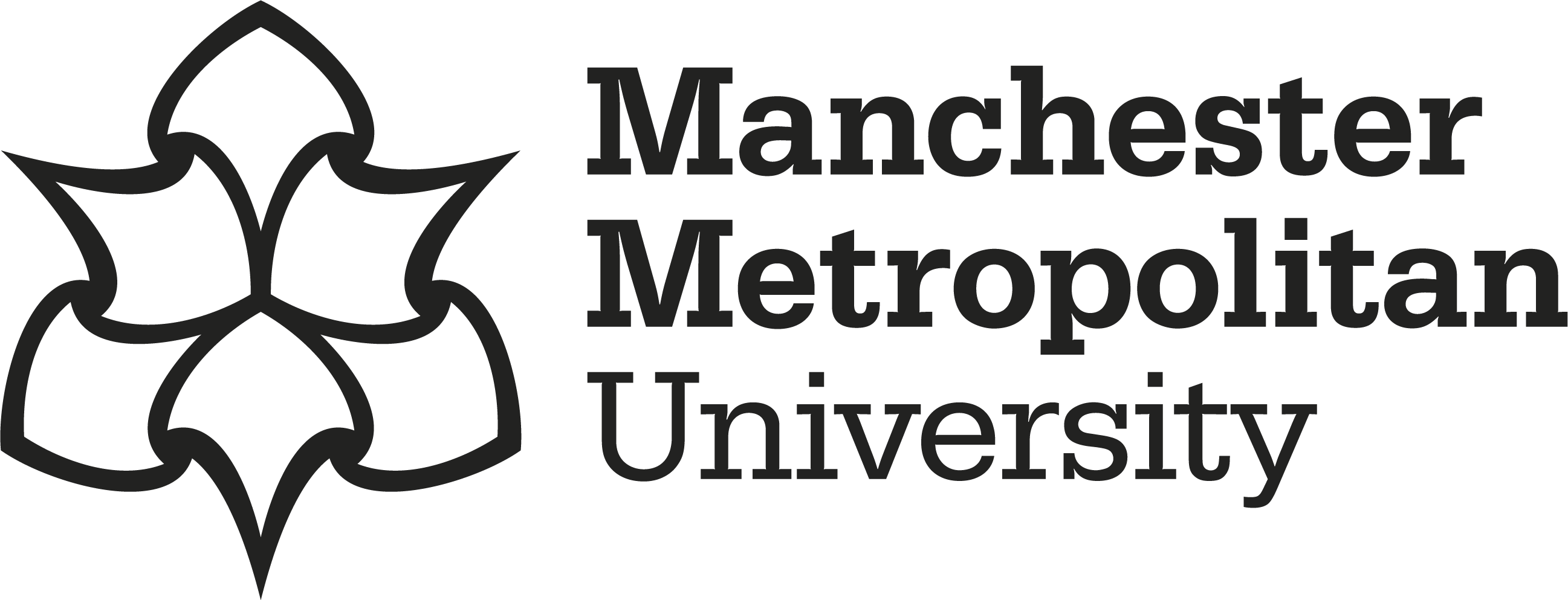Imamura, F, O'Connor, L, Ye, Z, Mursu, J, Hayashino, Y, Bhupathiraju, SN and Forouhi, NG (2015) Consumption of sugar sweetened beverages, artificially sweetened beverages, and fruit juice and incidence of type 2 diabetes: Systematic review, meta-analysis, and estimation of population attributable fraction. BMJ, 351. ISSN 0959-8146
|
Available under License In Copyright. Download (619kB) | Preview |
Abstract
OBJECTIVES: To examine the prospective associations between consumption of sugar sweetened beverages, artificially sweetened beverages, and fruit juice with type 2 diabetes before and afer adjustment for adiposity, and to estimate the population attributable fraction for type 2 diabetes from consumption of sugar sweetened beverages in the United States and United Kingdom. DESIGN: Systematic review and meta-analysis. DATA SOURCES AND ELIGIBLITY: PubMed, Embase, Ovid, and Web of Knowledge for prospective studies of adults without diabetes, published until February 2014. The population attributable fraction was estimated in national surveys in the USA, 2009-10 (n=4729 representing 189.1 million adults without diabetes) and the UK, 2008-12 (n=1932 representing 44.7 million). SYNTHESIS METHODS: Random effects meta-analysis and survey analysis for population attributable fraction associated with consumption of sugar sweetened beverages. RESULTS: Prespecified information was extracted from 17 cohorts (38 253 cases/10 126 754 person years). Higher consumption of sugar sweetened beverages was associated with a greater incidence of type 2. diabetes, by 18% per one serving/day (95% confidence interval 9% to 28%, I<sup>2</sup> for heterogeneity=89%) and 13% (6% to 21%, I<sup>2</sup>=79%) before and after adjustment for adiposity; for artificially sweetened beverages, 25% (18% to 33%, I<sup>2</sup>=70%) and 8% (2% to 15%, I<sup>2</sup>=64%); and for fruit juice, 5% (-1% to 11%, I<sup>2</sup>=58%) and 7% (1% to 14%, I<sup>2</sup>=51%). Potential sources of heterogeneity or bias were not evident for sugar sweetened beverages. For artificially sweetened beverages, publication bias and residual confounding were indicated. For fruit juice the finding was non-significant in studies ascertaining type 2 diabetes objectively (P for heterogeneity=0.008). Under specified assumptions for population attributable fraction, of 20.9 million events of type 2 diabetes predicted to occur over 10 years in the USA (absolute event rate 11.0%), 1.8 million would be attributable to consumption of sugar sweetened beverages (population attributable fraction 8.7%, 95% confidence interval 3.9% to 12.9%); and of 2.6 million events in the UK (absolute event rate 5.8%), 79 000 would be attributable to consumption of sugar sweetened beverages (population attributable fraction 3.6%, 1.7% to 5.6%). CONCLUSIONS: Habitual consumption of sugar sweetened beverages was associated with a greater incidence of type 2 diabetes, independently of adiposity. Although artificially sweetened beverages and fruit juice also showd positive associations with incidence of type 2 diabetes, the findings were likely to involve bias. None the less, both artificially sweetened beverages and fruit juice were unlikely to be healthy alternatives to sugar sweetened beverages for the prevention of type 2 diabetes. Under assumption of causality, consumption of sugar sweetened beverages over years may be related to a substantial number of cases of new onset diabetes.
Impact and Reach
Statistics
Additional statistics for this dataset are available via IRStats2.


